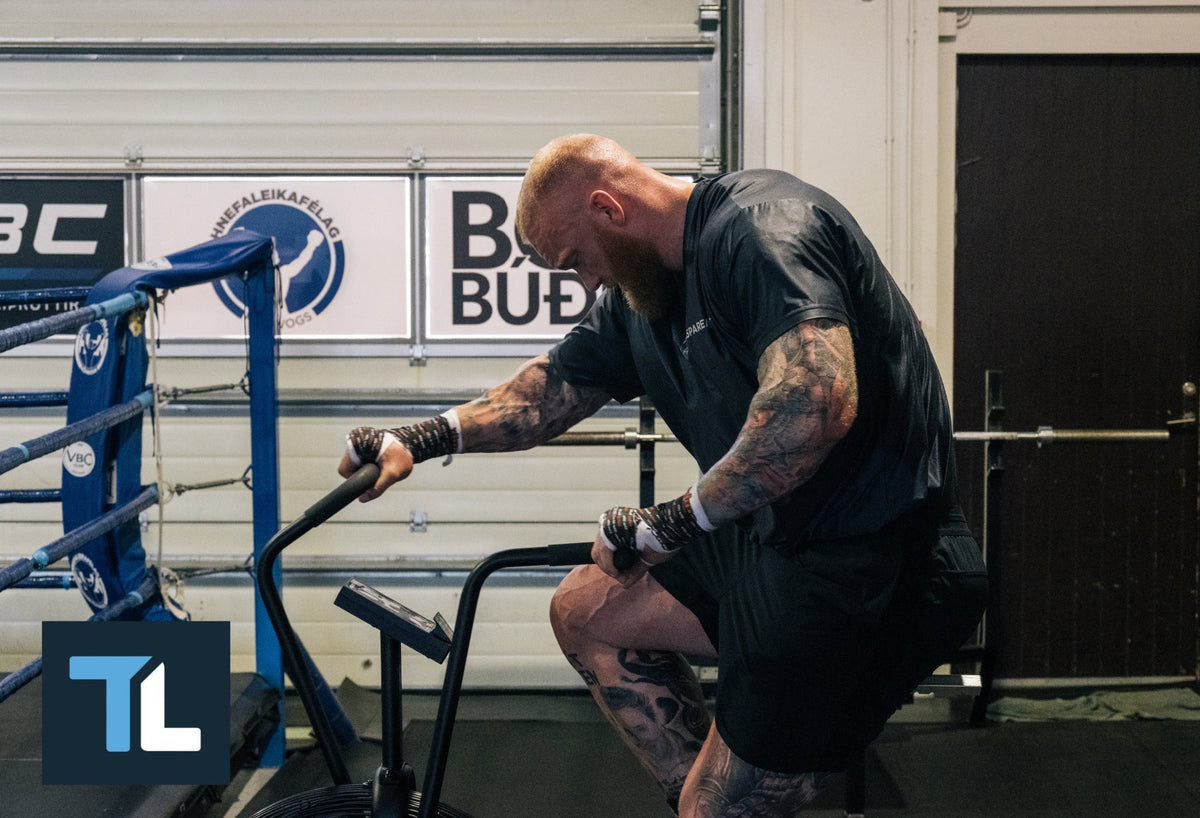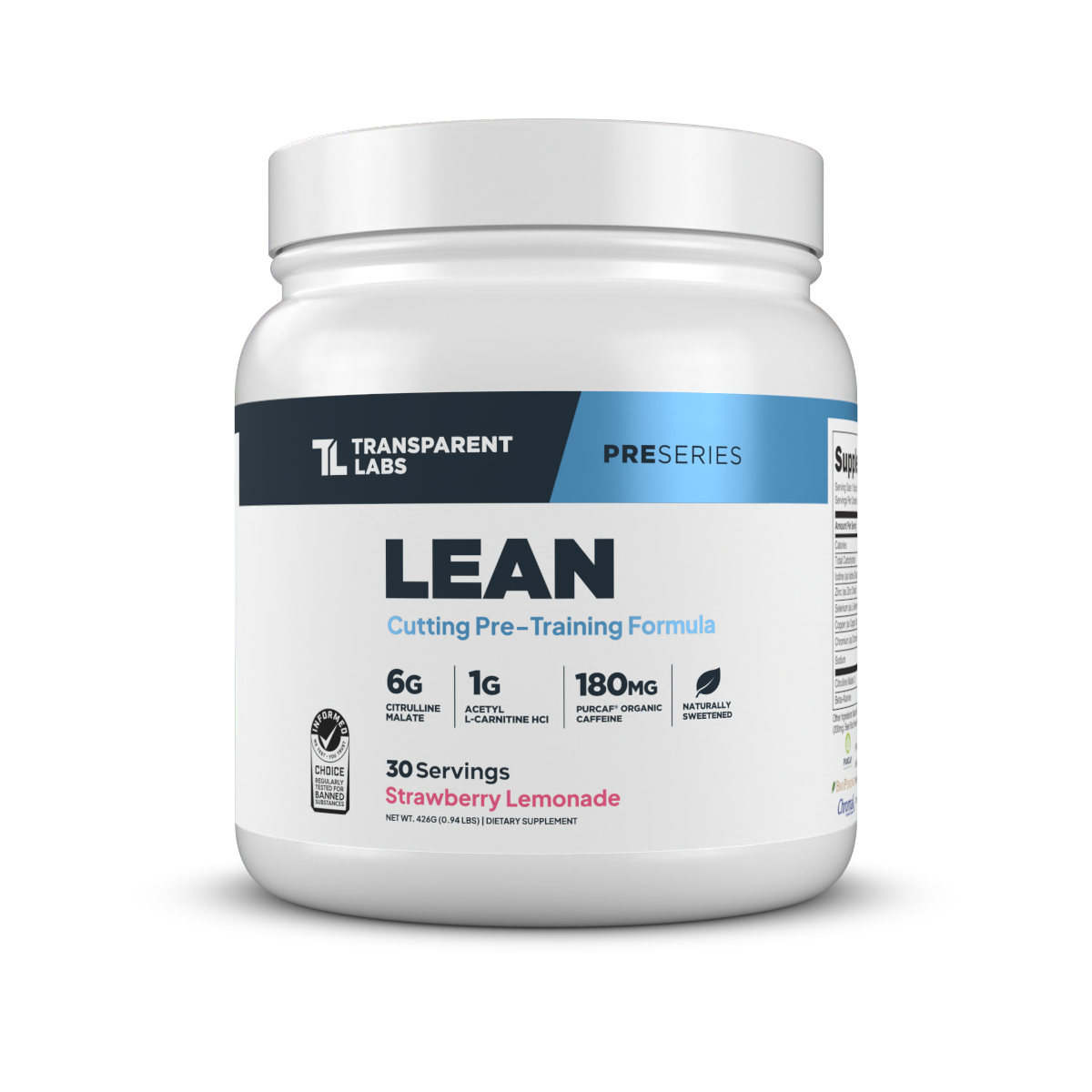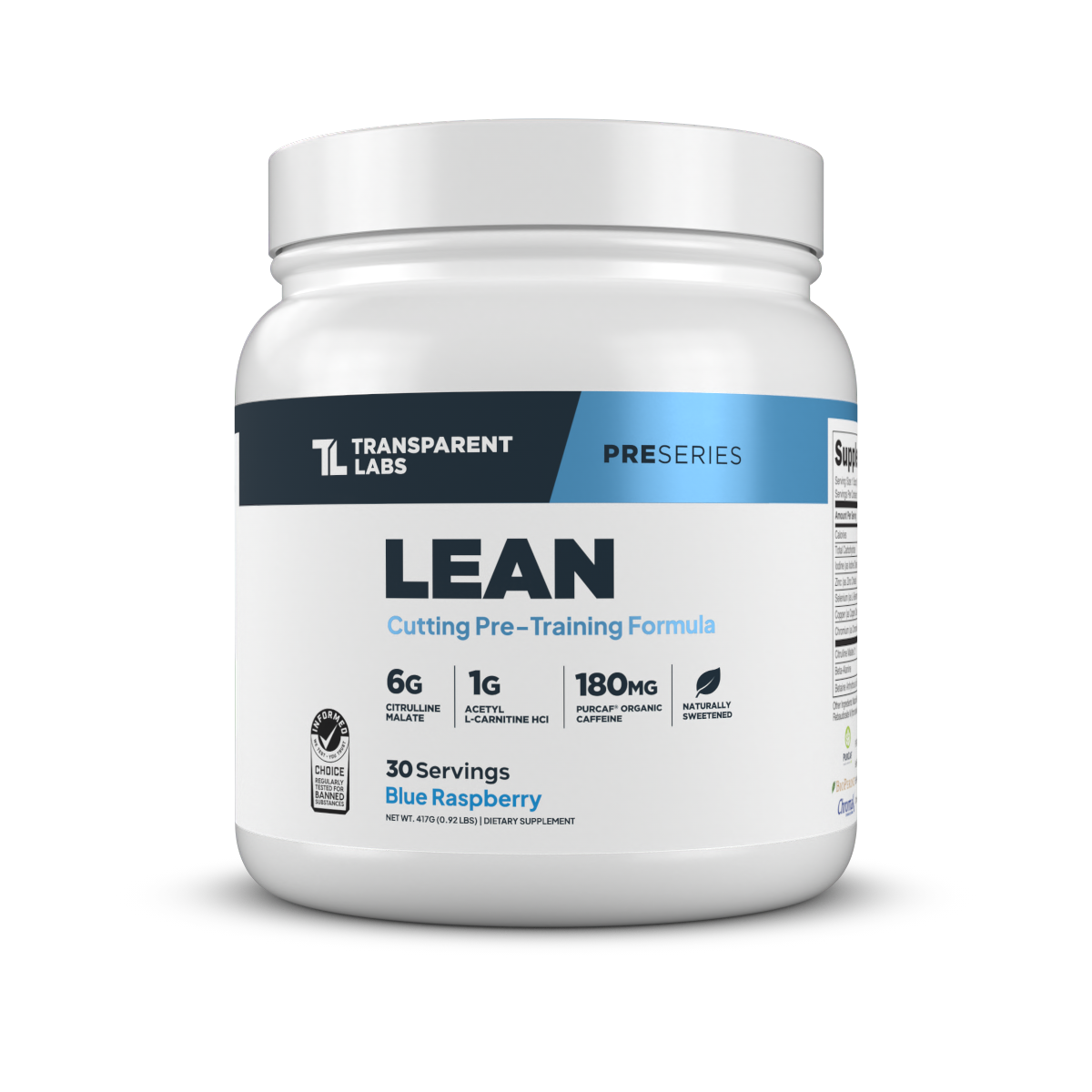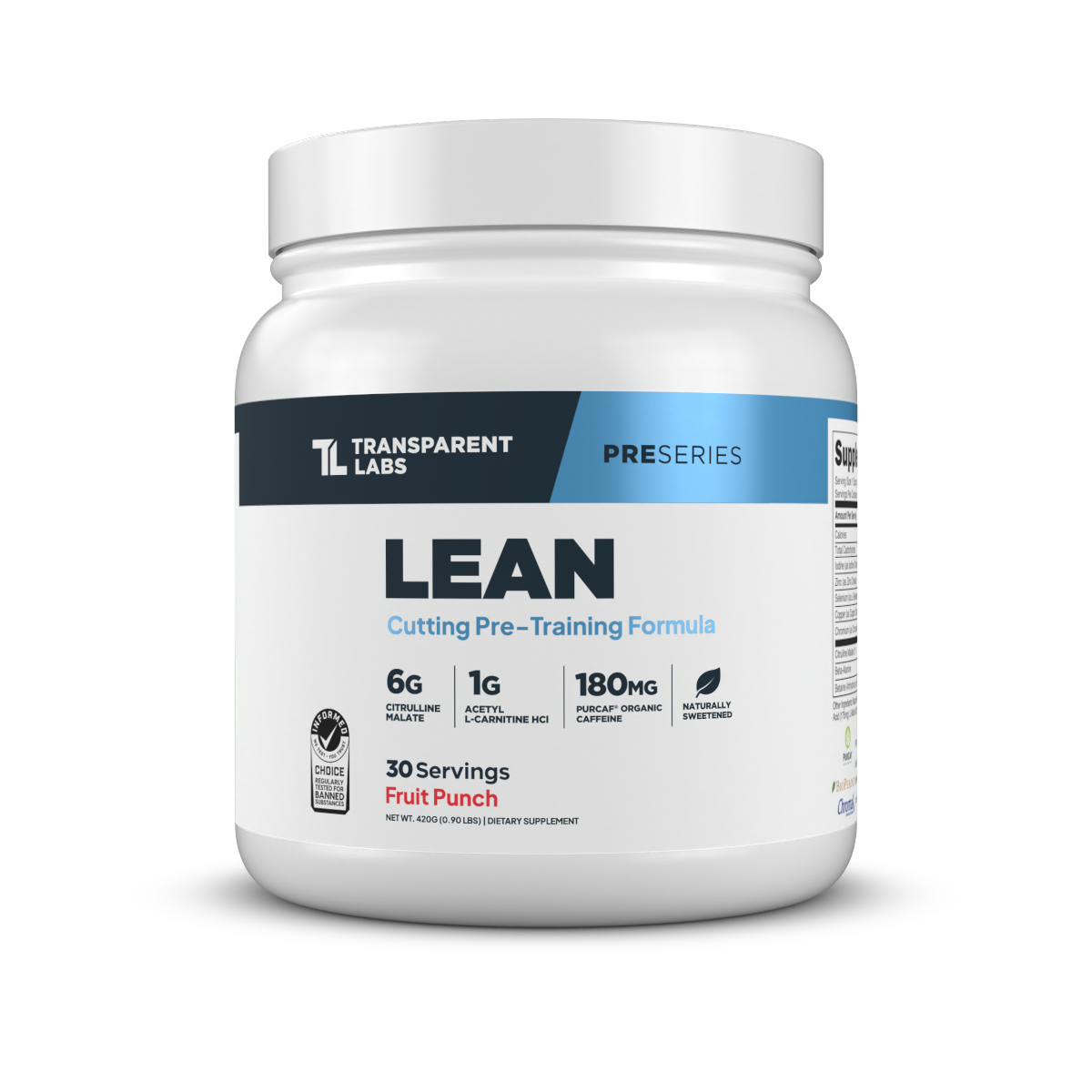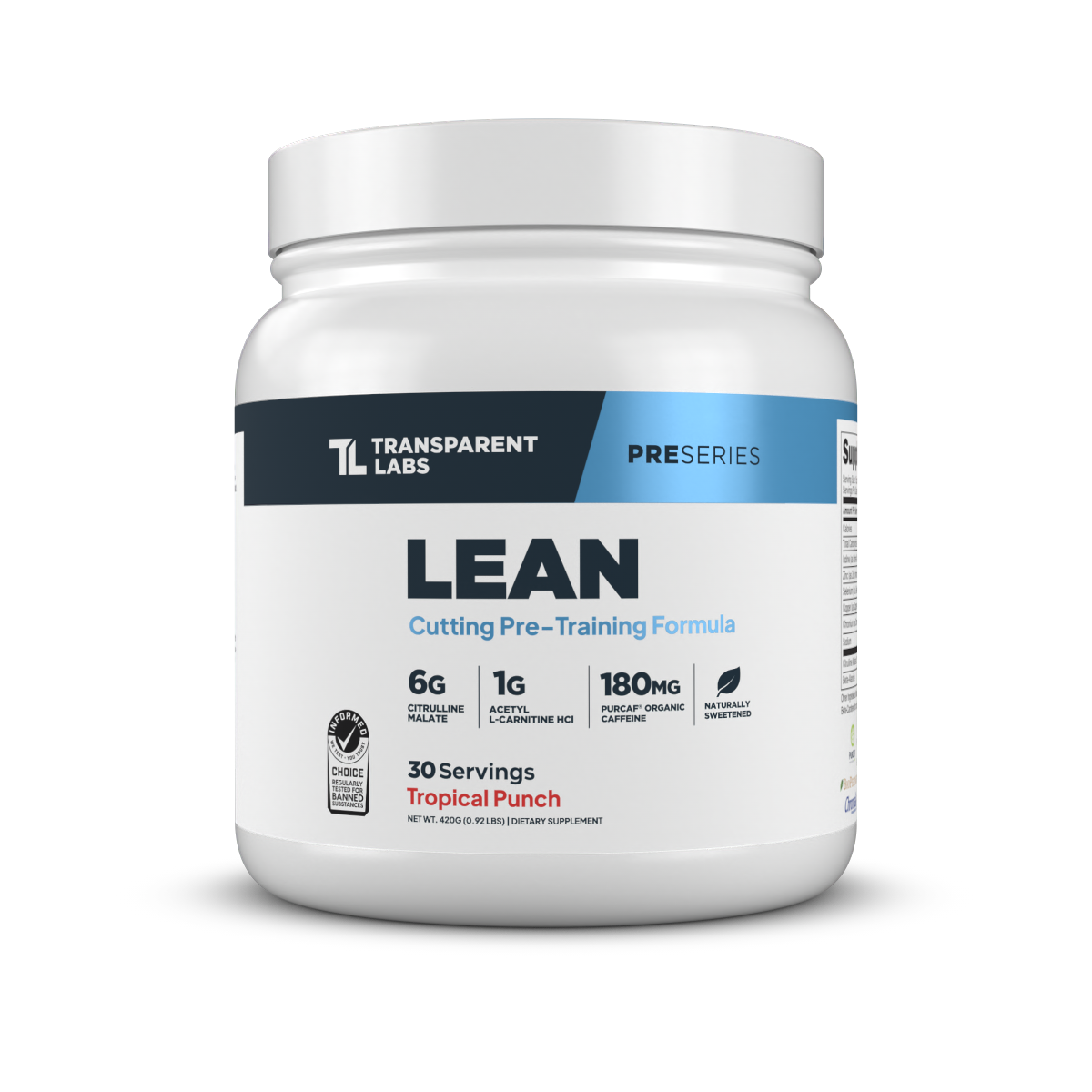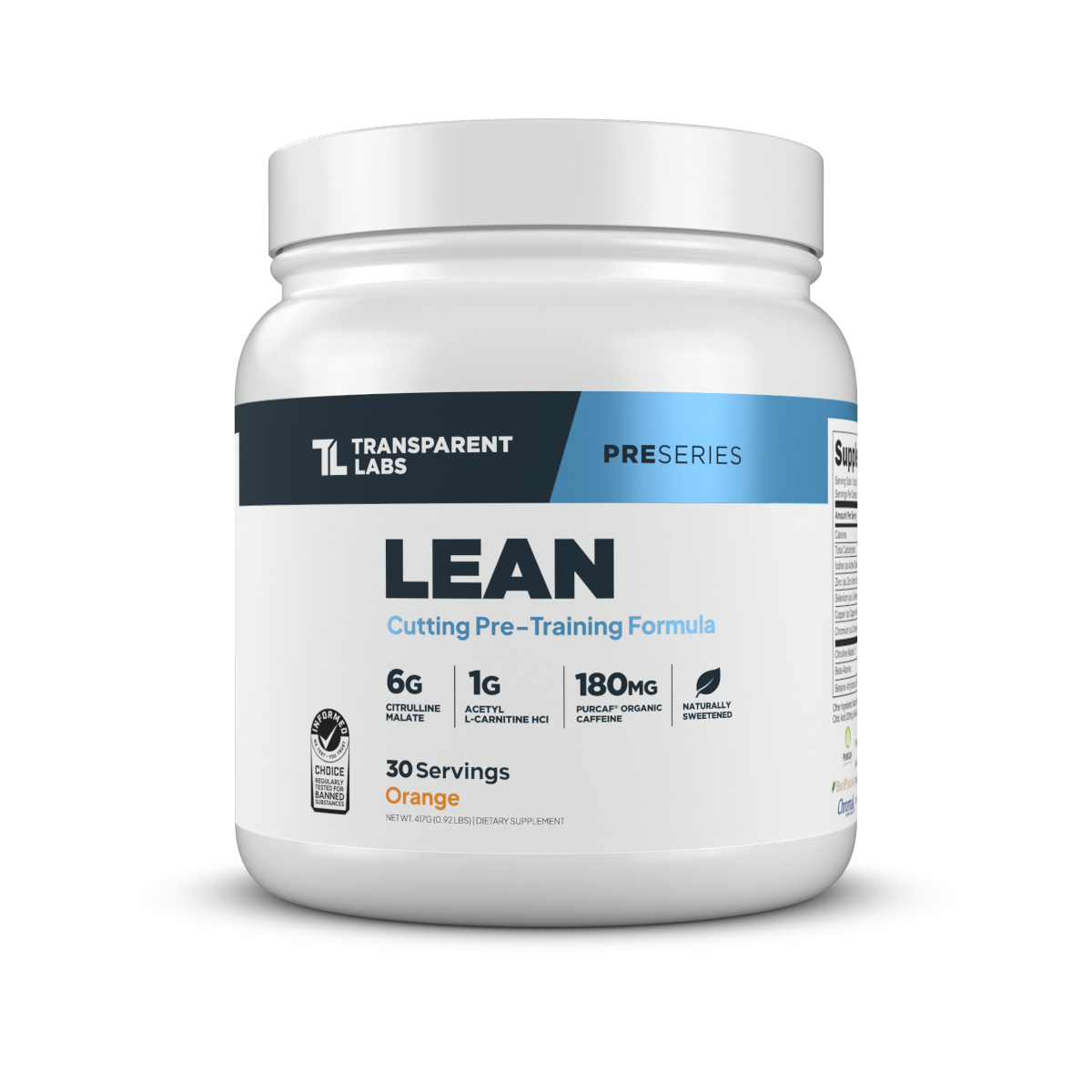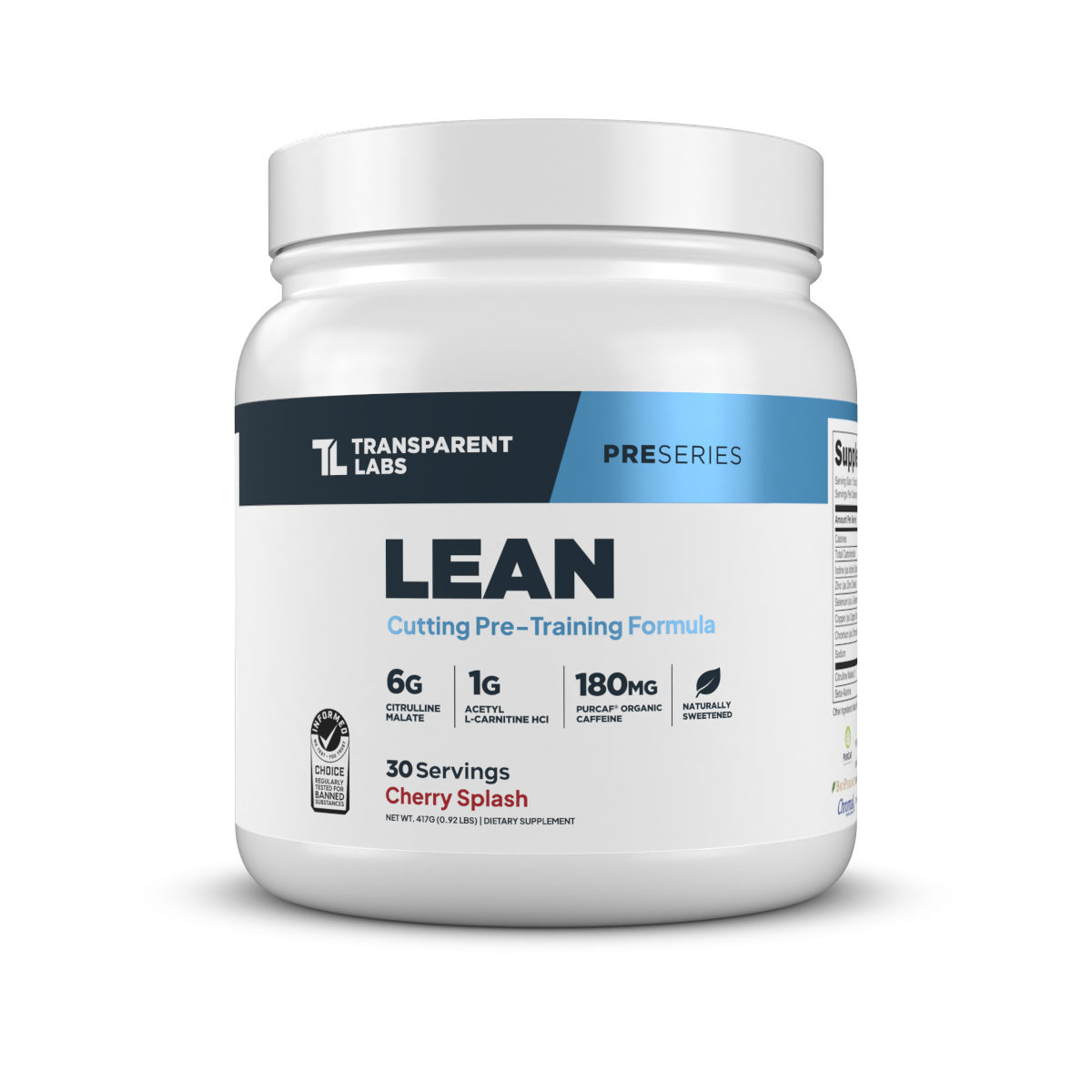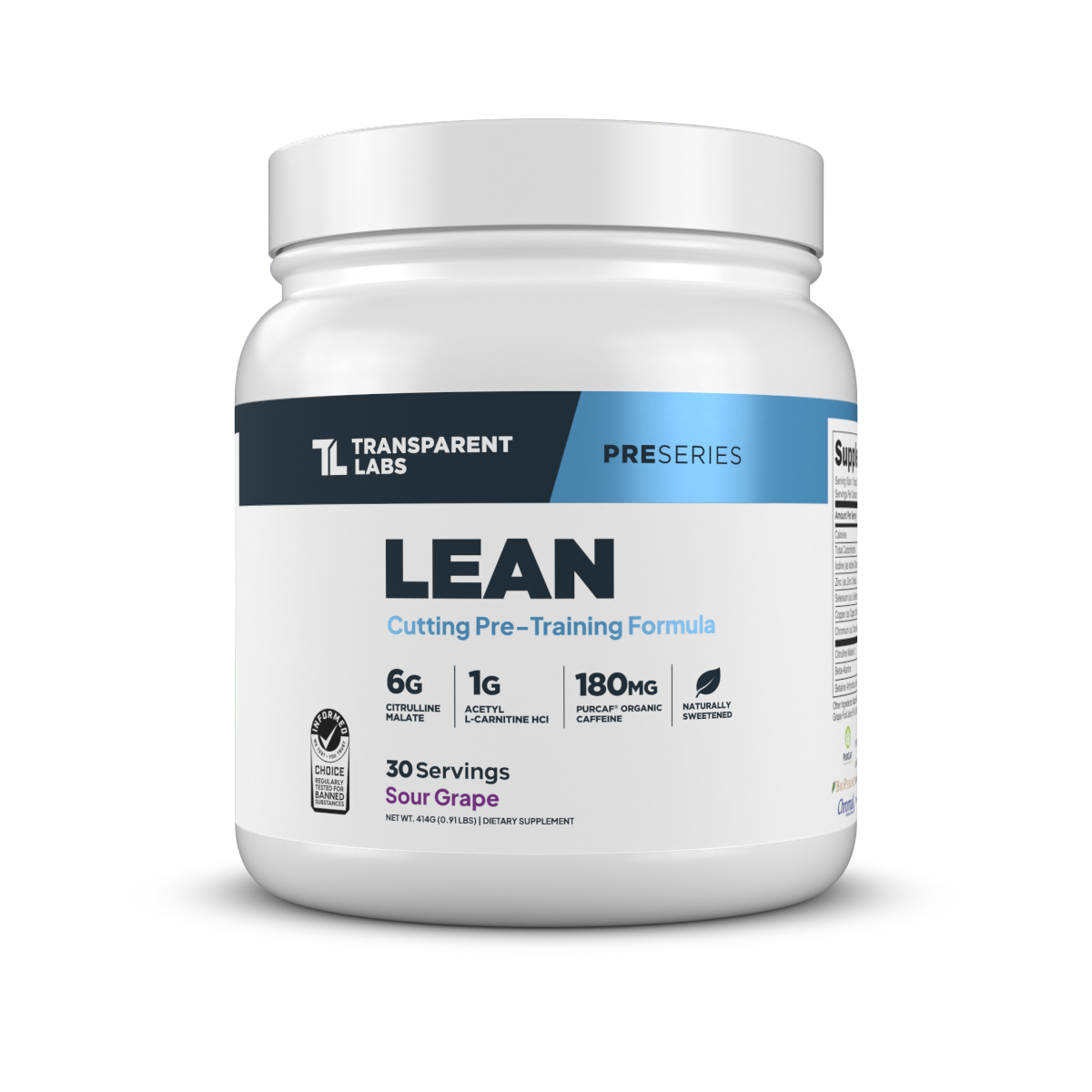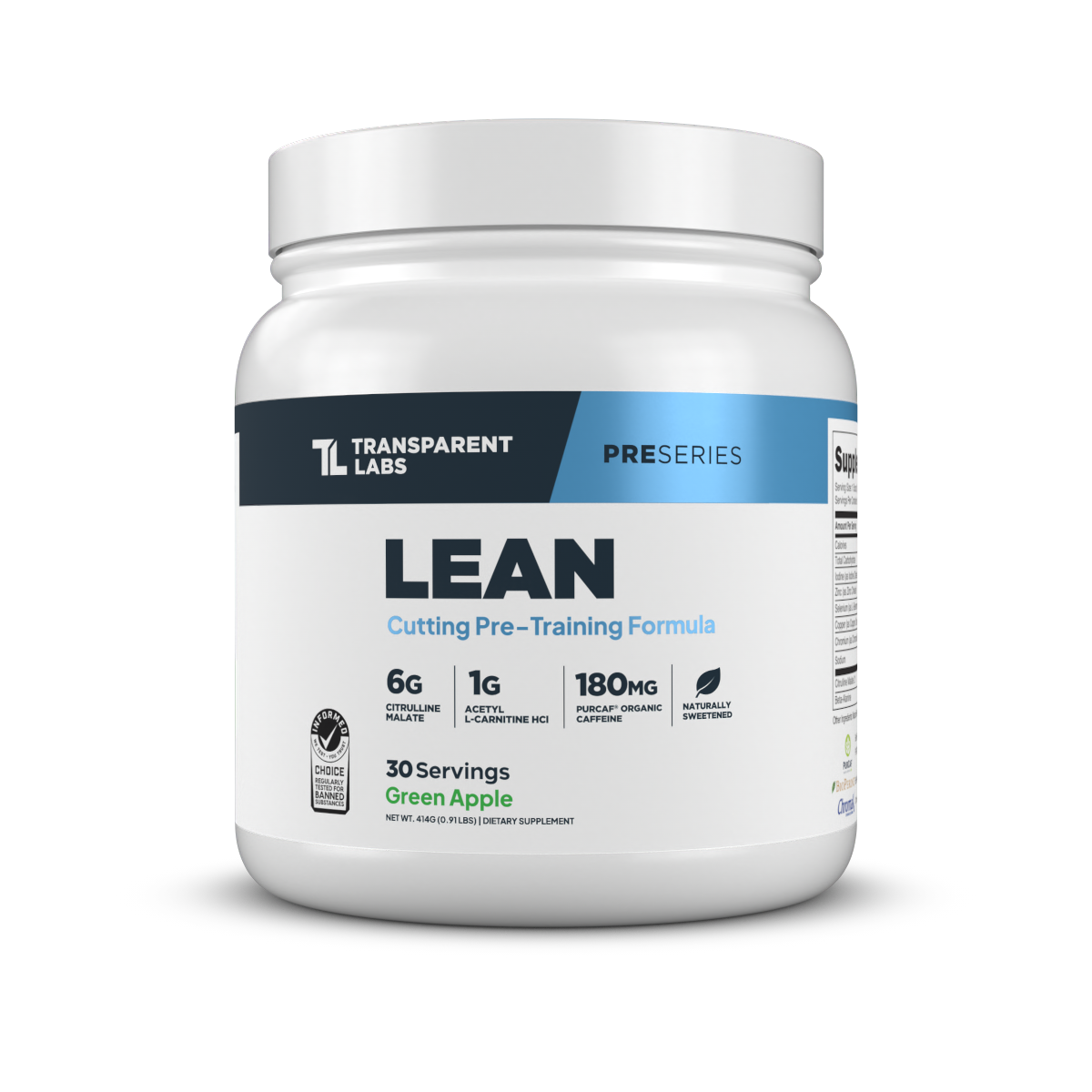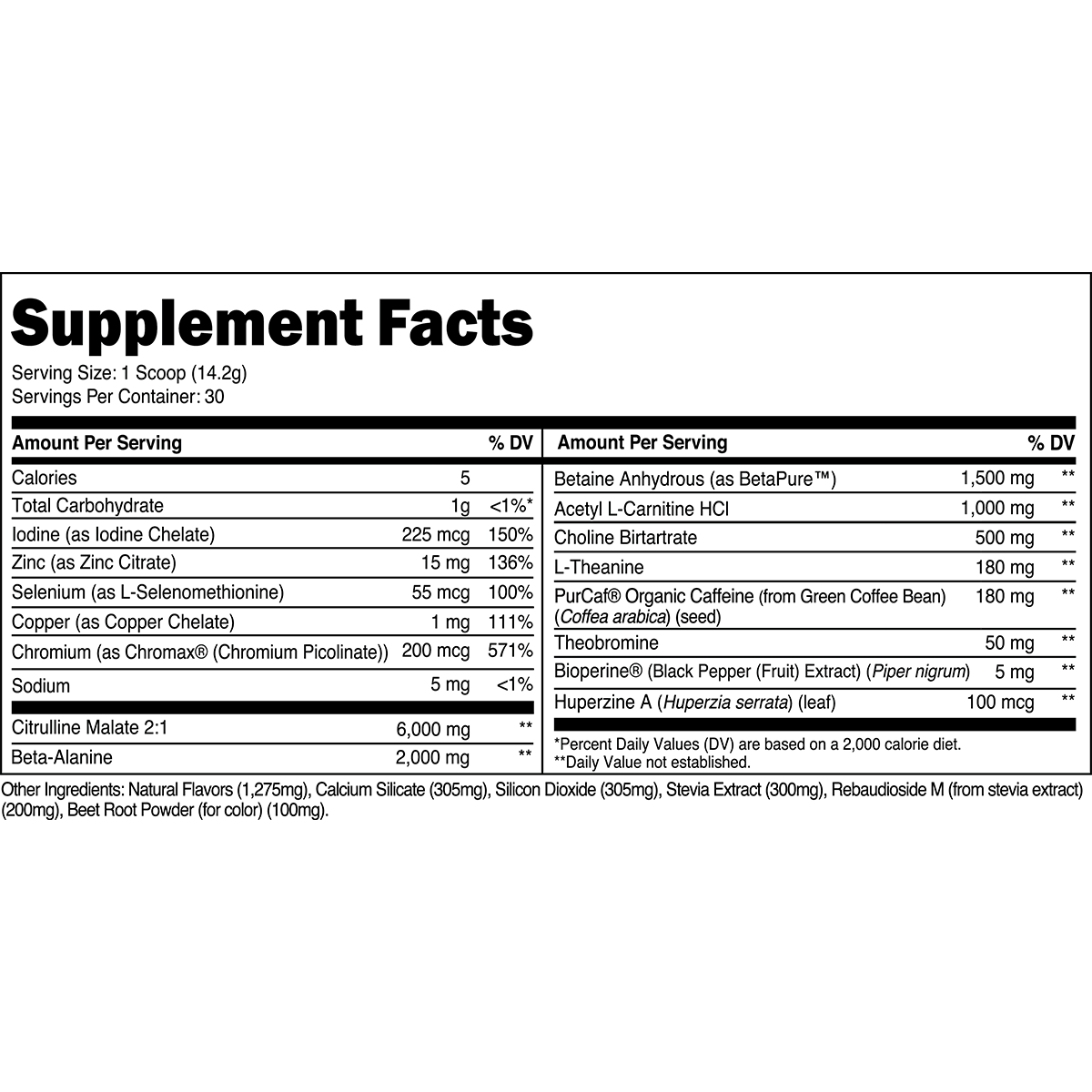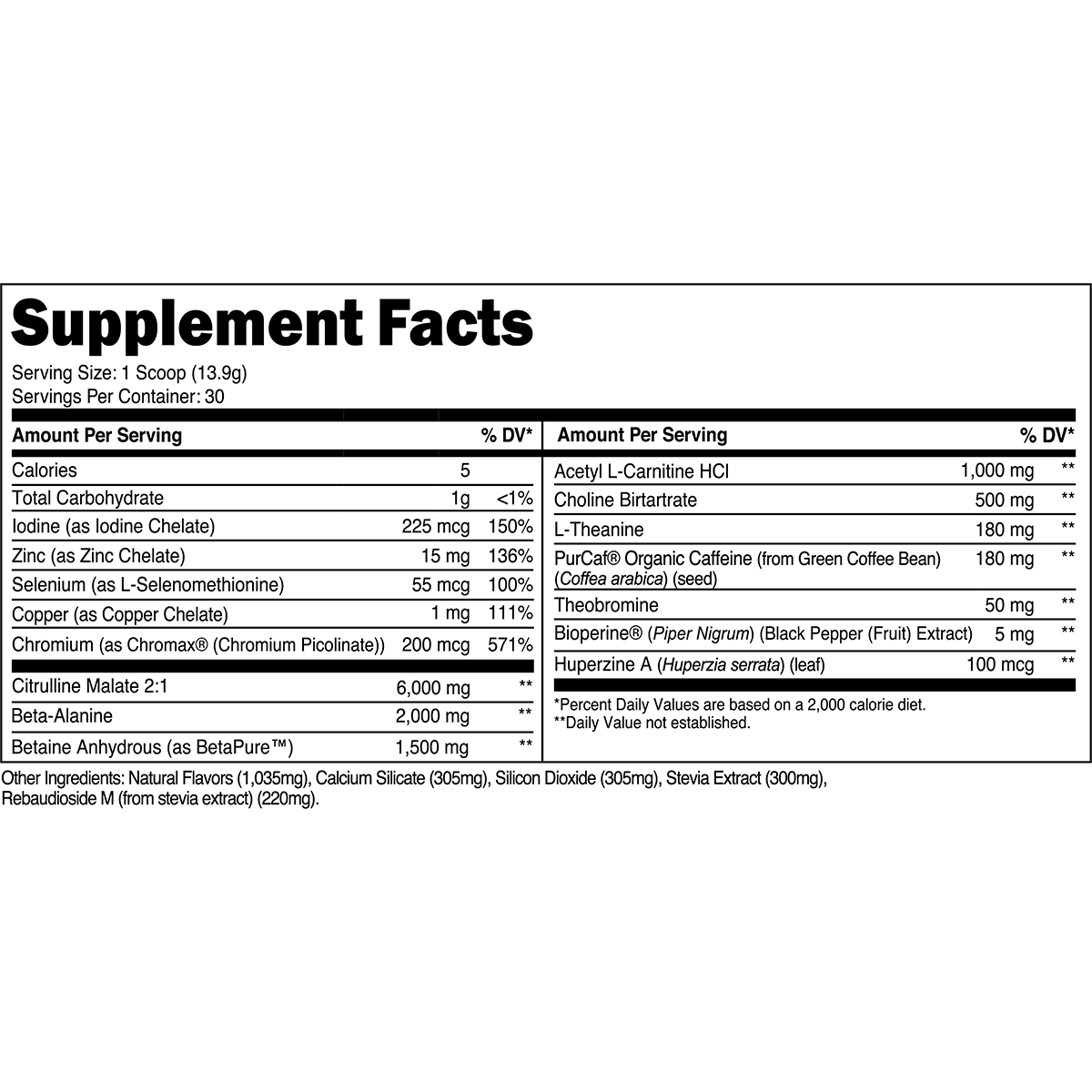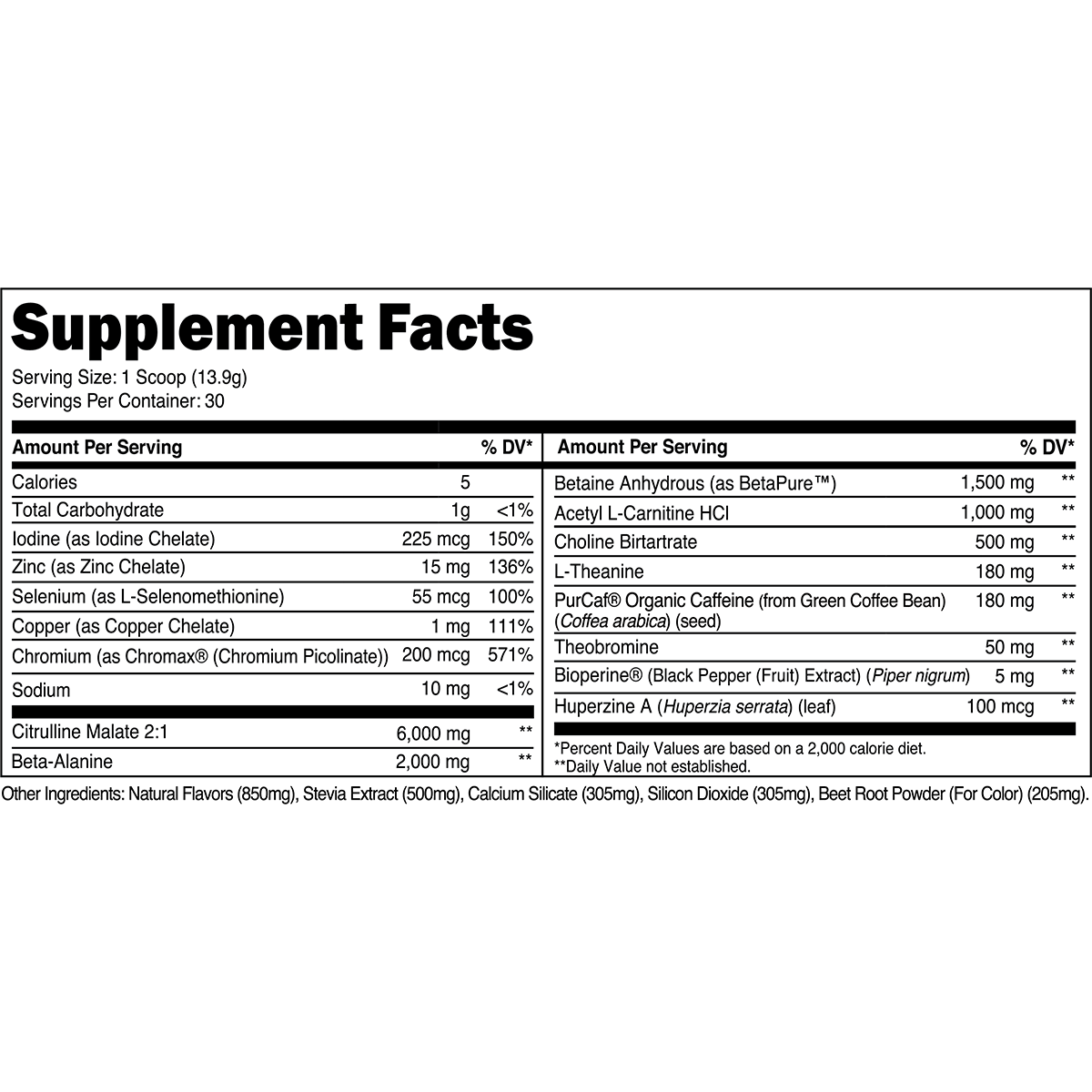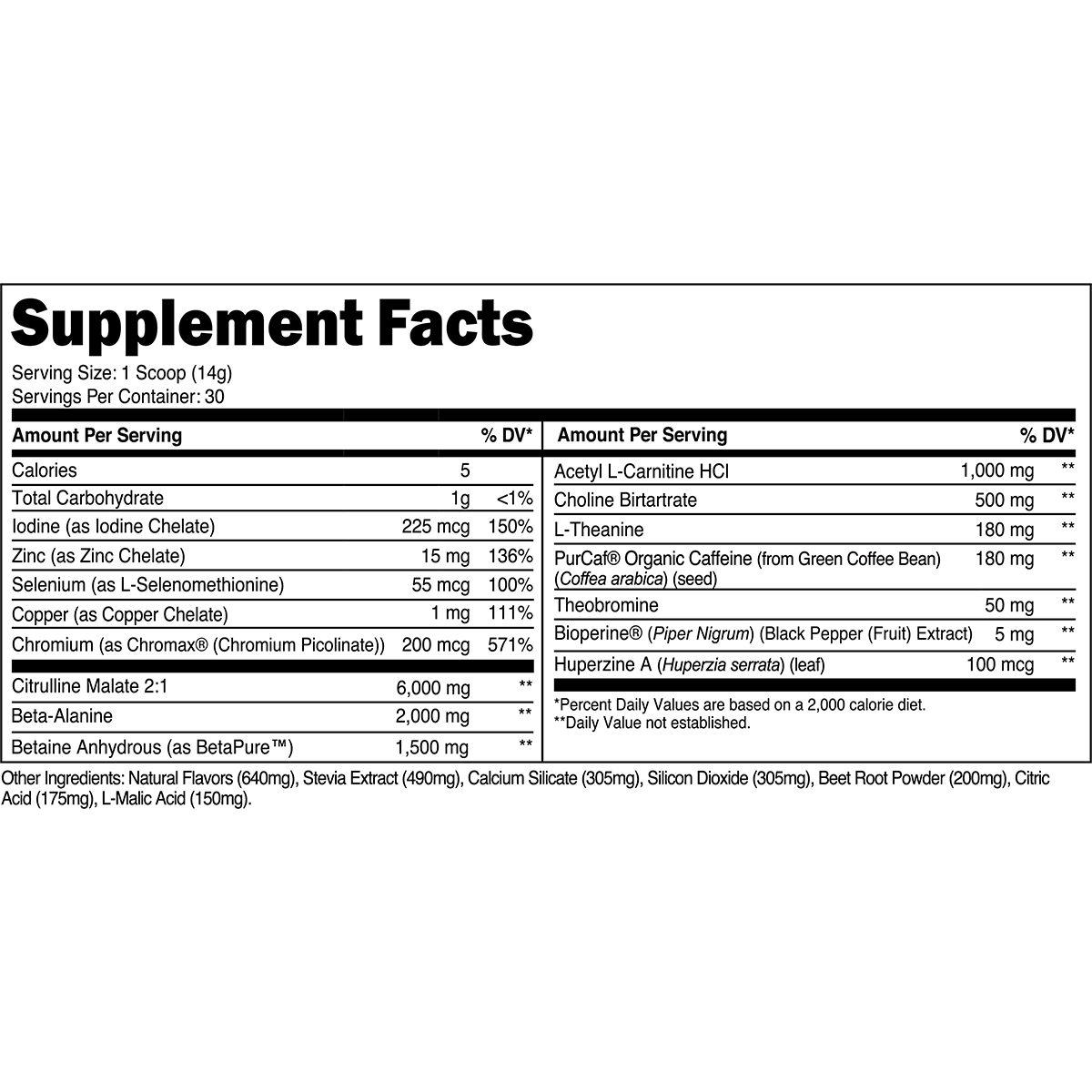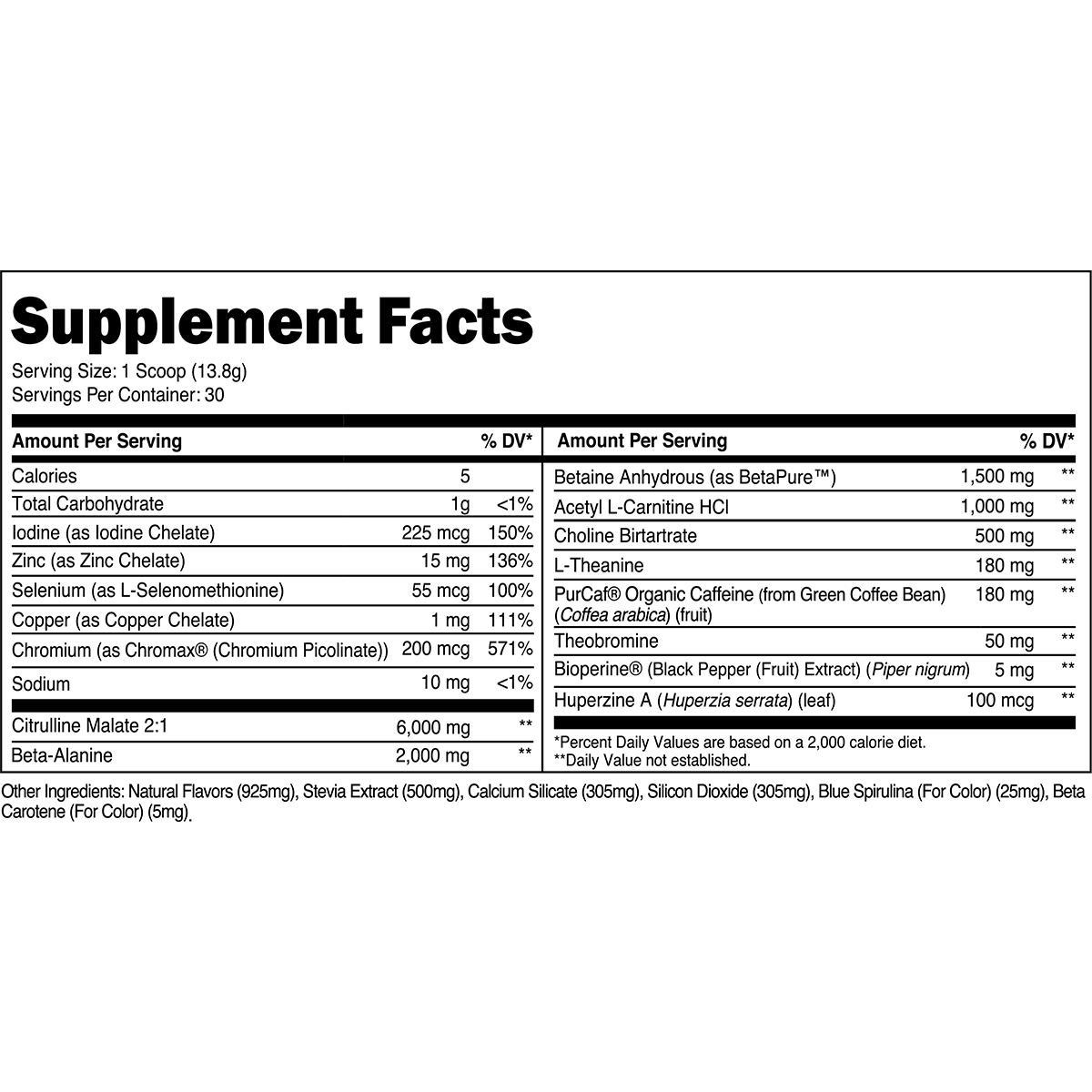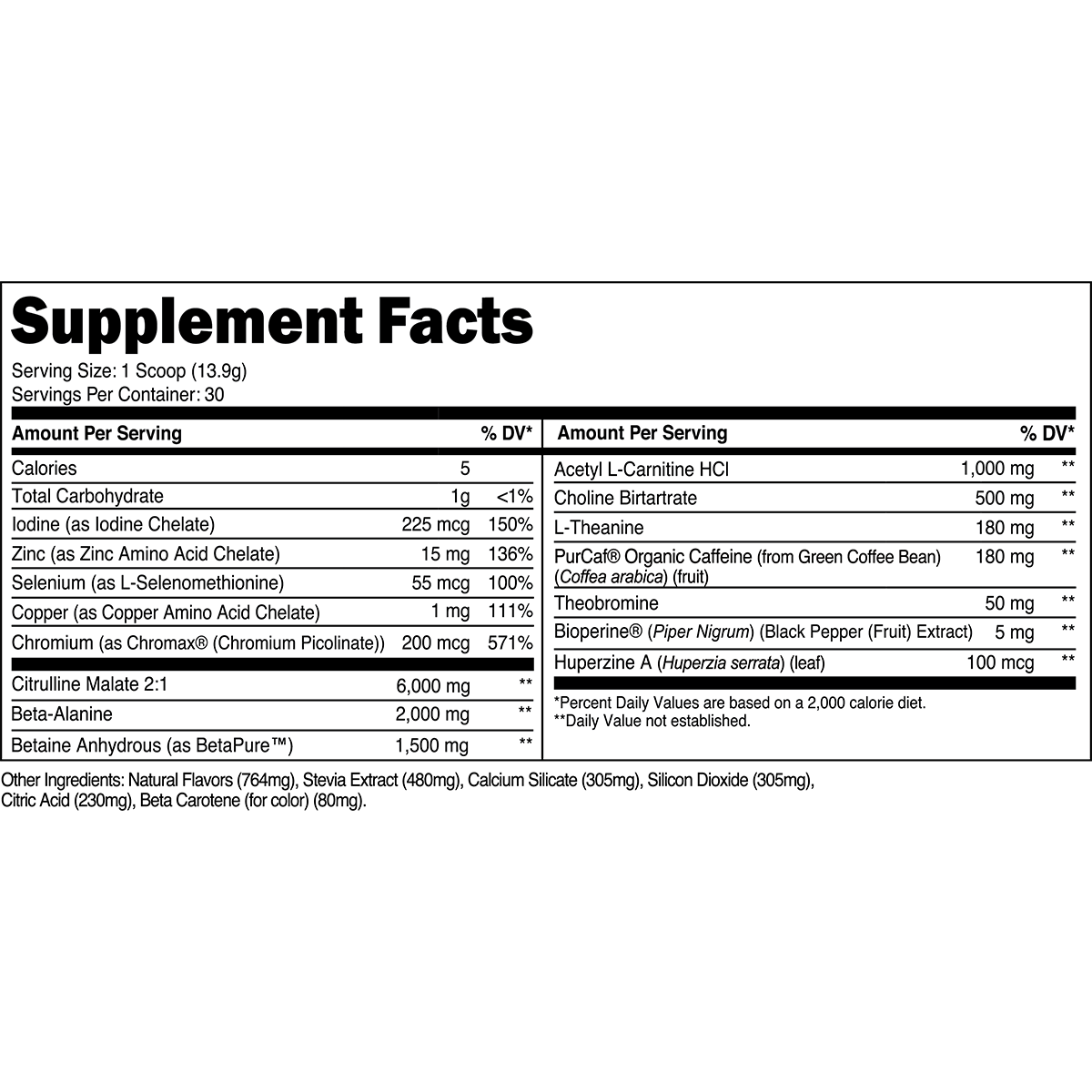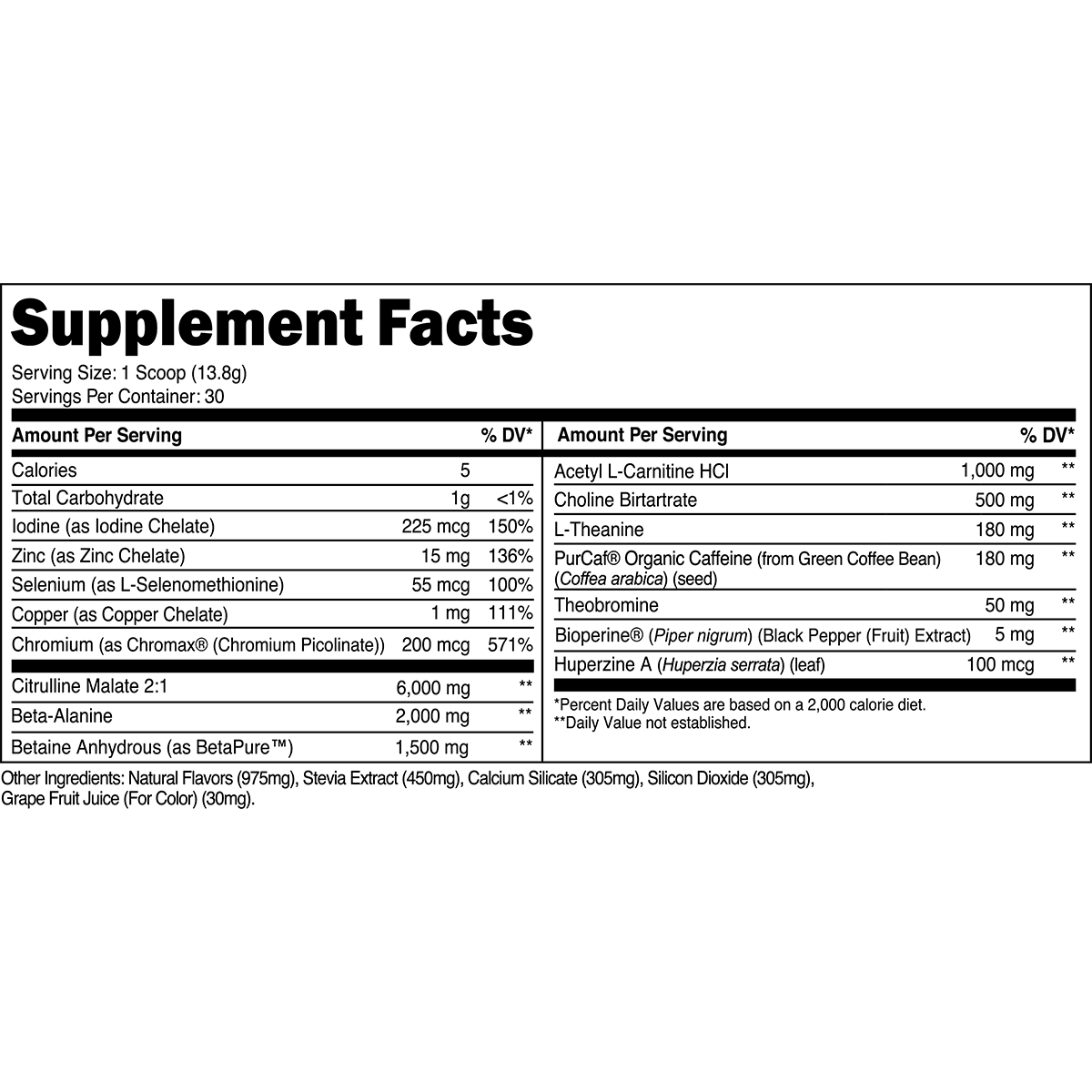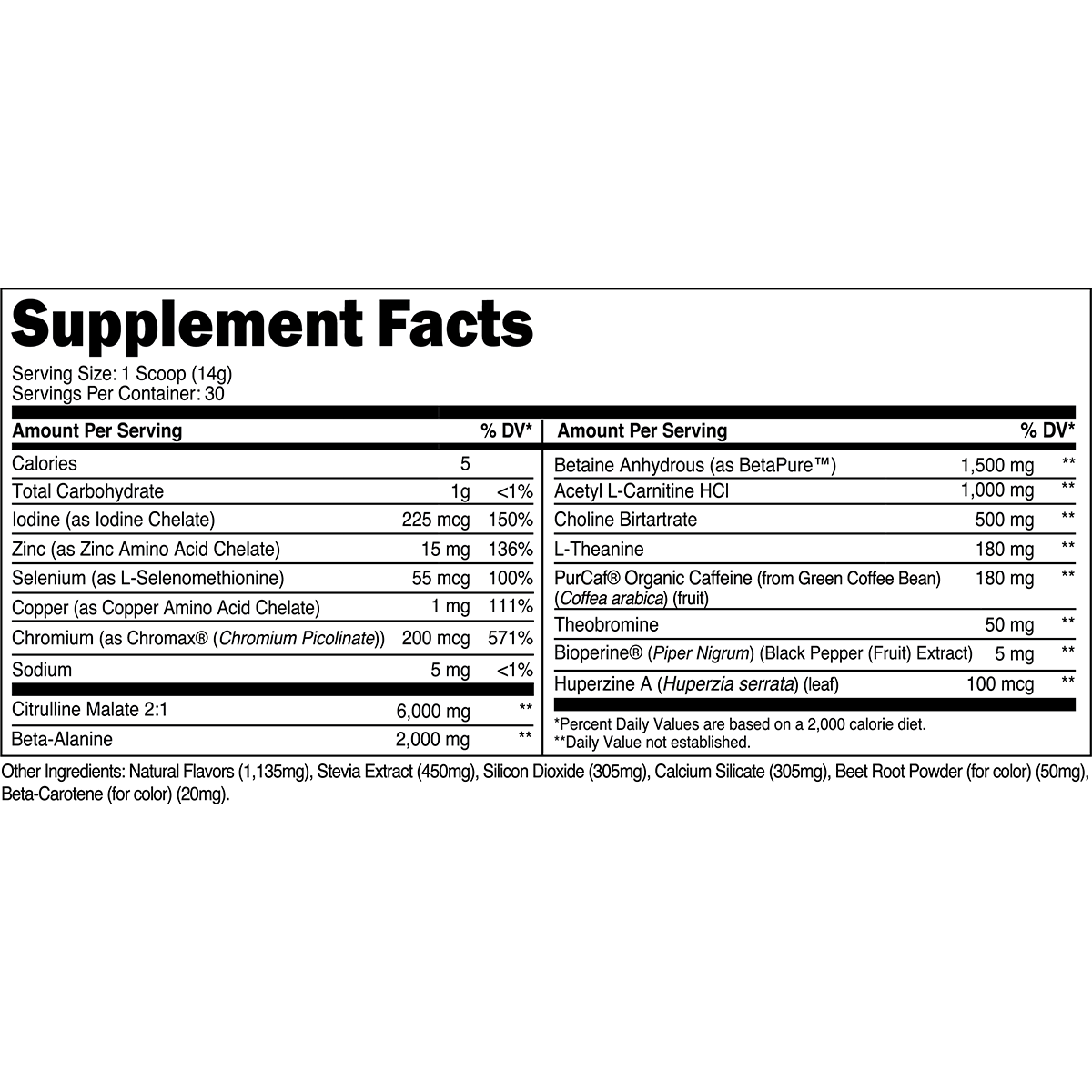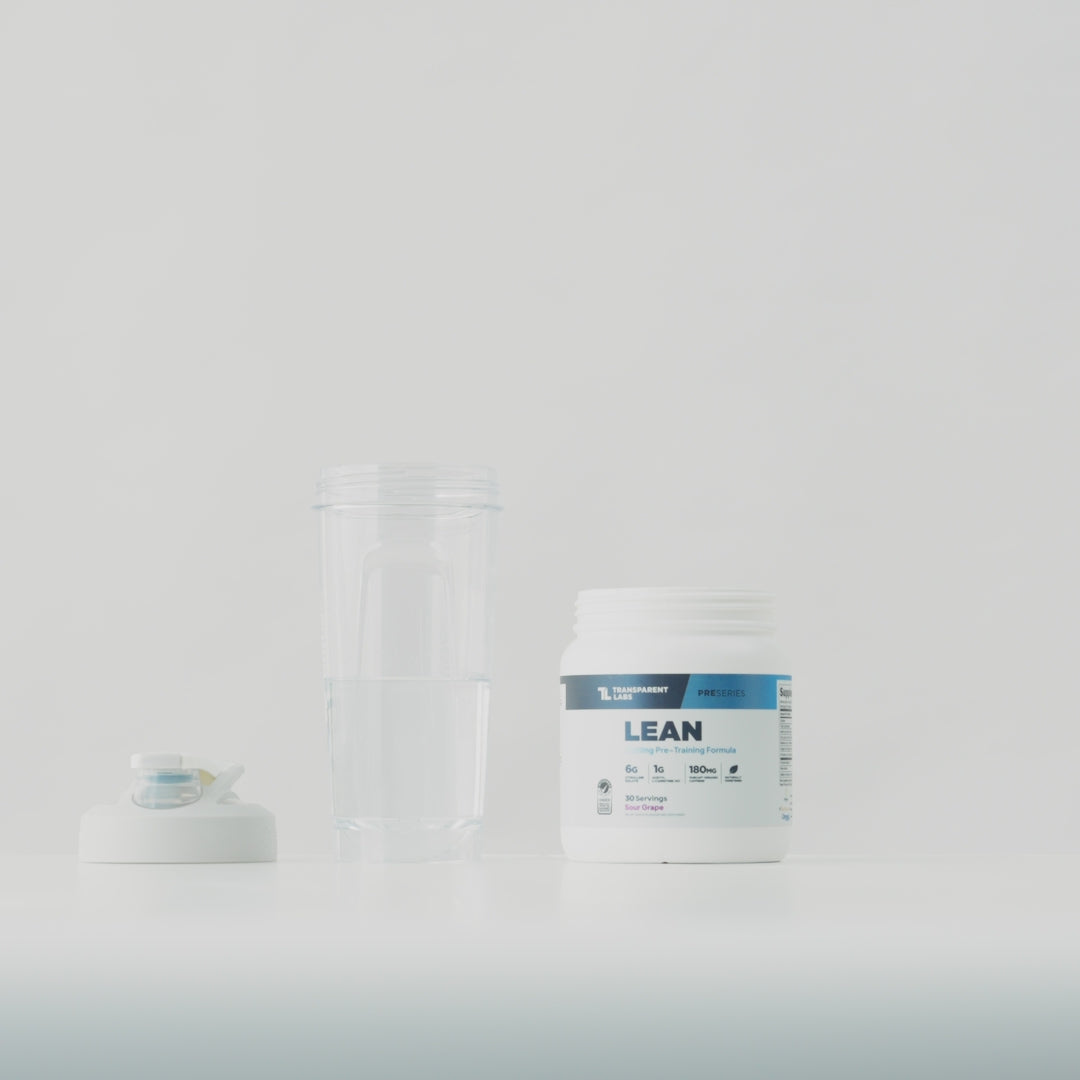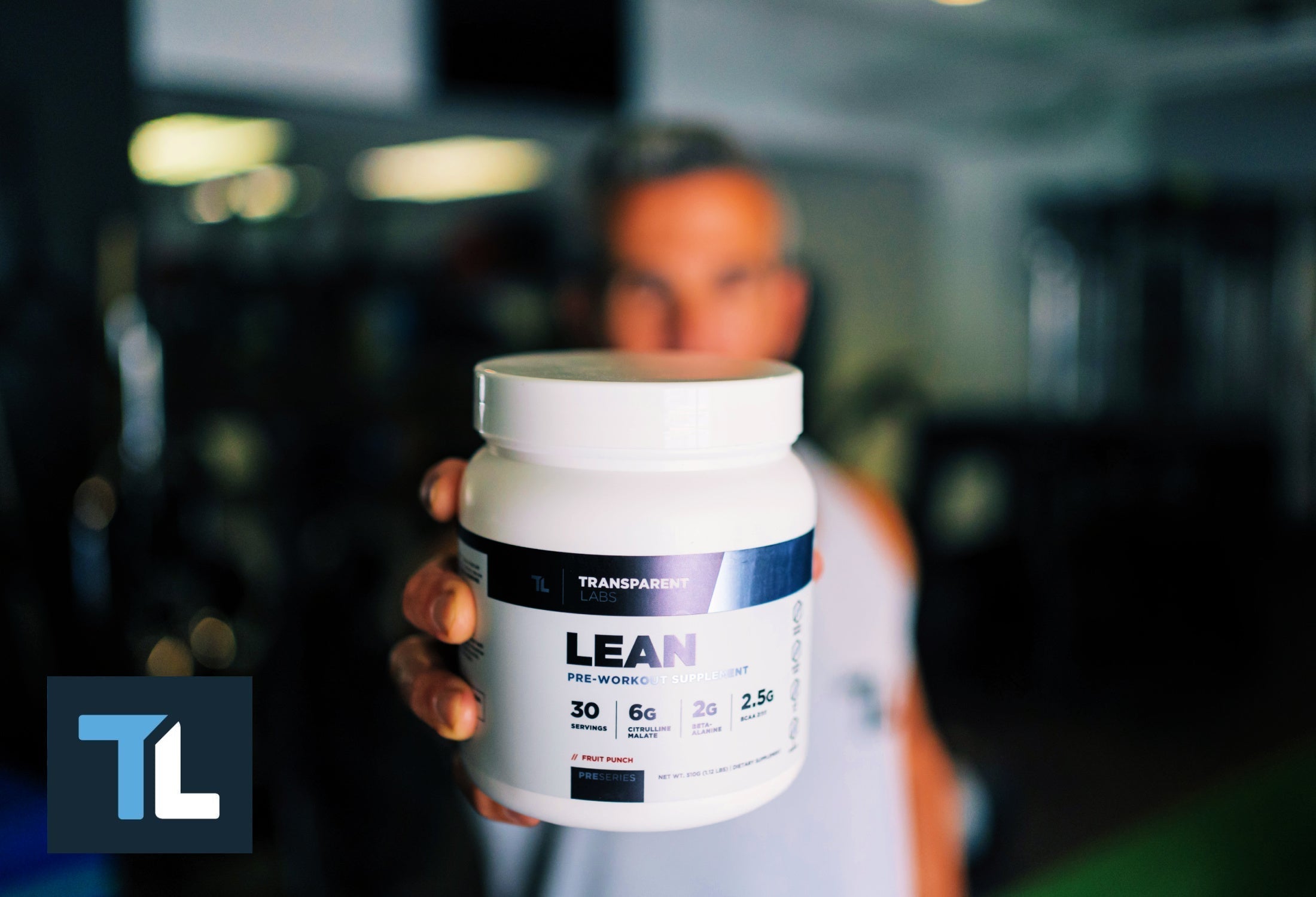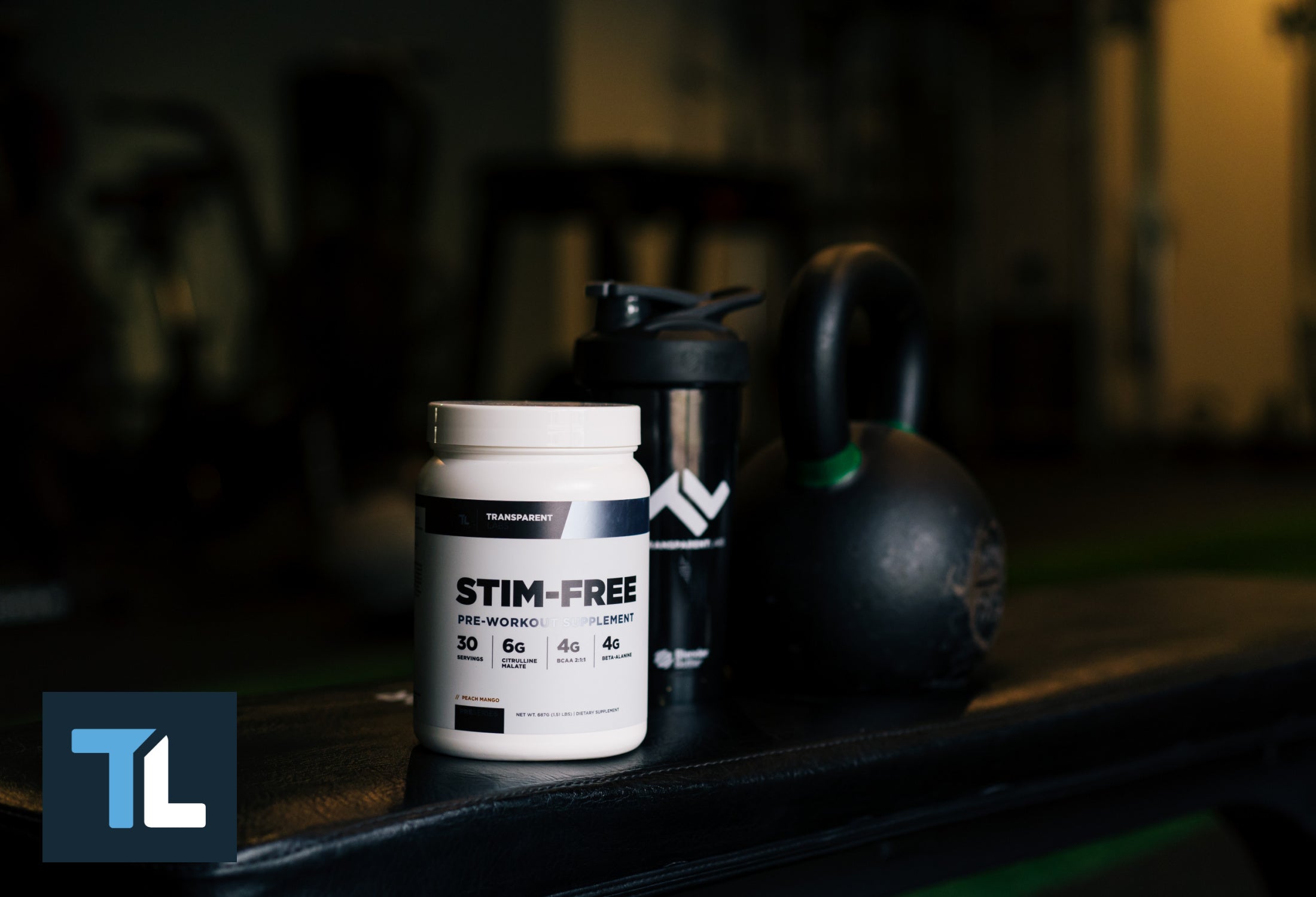If you’re determined to figure out which cardio machine burns the most calories, you’ve come to the right place…because we’re here to tell you that it’s entirely dependent on the MET (metabolic equivalent of task) value you can achieve on a respective machine and how long you can sustain that output. In other words, there is no universally accepted “best cardio machine for calorie burning”—we’ll expand more on this later.
However, that shouldn’t get your hopes down; there are unique benefits (and potential drawbacks) to just about every cardio machine you find in a gym. We’ll bring you up to speed in this comparison of cardio machines and show you how to pick the “best” one to burn calories and perform better.
Why There Is No “Best” Cardio Machine for Calorie Burning
The topic of "best cardio machine” is often a focal point of discussion among fitness enthusiasts. Yet, the search for a one-size-fits-all solution overlooks the nuanced nature of this topic, as there is much more to the equation than calorie expenditure.
There are three key factors that you should consider when choosing an appropriate form of cardiovascular training, including your training goals, which muscles you want to target (and at what intensity), and your capabilities/preferences.
Here are some further details to give you an idea of how to choose the “best” cardio machine(s):
Training Goals
Endurance runners, for example, would find more sport-specific benefits in treadmills or outdoor running, as these options best mimic the conditions of their sport and enhance performance directly. Conversely, individuals seeking to improve cardiovascular health and lose weight without placing excess strain on their joints might lean towards low-impact activities like the elliptical, swimming, or stationary bike.
The Role of Intensity and Muscle Activation
A machine that allows for higher intensity workouts for one individual may not do the same for another, depending on fitness levels and physical condition. For instance, rowing machines and air bikes confer a full-body workout by engaging both upper- and lower-body muscles, while potentially leading to higher calorie burn compared to machines that target just a few muscles.
However, proper technique on the rowing machine requires a good amount of flexibility in the spine, hips, knees, and ankles, whereas the air bike is a fairly simple motion and easier on the joints (not that the rowing machine is particularly “high-impact”).
Intuitively, an experienced rower will be able to achieve and sustain a higher MET value compared to someone with limited mobility and no rowing experience. Yet, the latter individual may be able to achieve and sustain a similar MET value as the rower by using the air bike or Stepmill.
Individual Ability and Preferences
The variability in personal preferences further complicates the notion of a universally "best" cardio machine. Comfort, enjoyment, and sustainability will influence the effectiveness of any fitness regimen. A machine that one person finds motivating and engaging might be tedious to another, affecting long-term adherence and, by extension, their results.
Calories Burned During Cardio Exercise: Theory vs. Reality
Chances are you've seen the "MET" abbreviation while using a cardio machine and thought, "What the heck does this number mean?"
The metabolic equivalent of task (MET) is a measure of your working metabolic rate relative to your resting metabolic rate. More specifically, METs are a standard unit used to estimate the amount of oxygen used by the body during physical activity, with one MET being equivalent to the oxygen consumption at rest. If you want to get really nerdy about it, one MET is equal to 3.5 milliliters of oxygen per kilogram of body weight per minute.
Therefore, one MET ultimately coincides with the energy you expend while sedentary. To calculate METs by hand, you can divide the power in watts on the cardio machine you’re using by the product of your body weight (in kilograms) and 3.5. This isn’t necessary in most cases as cardio machines typically display the MET value as you’re exercising.

Why METs Matter
The more intense an activity is, the higher its MET value. For example, cycling at 150 watts is more intense than cycling at 100 watts, so it has a higher MET value. This means that vigorous cycling burns more calories than moderate cycling.
Walking at a brisk pace can reach a MET value of about 5.0, while high-intensity interval training (e.g. sprinting) and most sports take the MET value beyond 10.0 [1].
Using MET values allows us to reverse engineer the calories burned during exercise on various cardio machines (e.g. Stairmaster, elliptical, upright cycle, and air bike). This is important because cardio machines, much like fitness tracking devices, are notorious for inaccurately assessing calorie burn.
Elliptical machines, for example, have been shown to overestimate the actual calories burned by upwards of 5 calories per minute at a moderate intensity [2]. Over time, this may lead people to believe they are burning significantly more calories than they actually are.
The most accurate way to determine how many calories you burn on a cardio machine is to look at the average METs, which is usually available by scrolling through the workout stats on the machine display console. You can use that value, time/duration, and your body weight to more accurately assess calories burned. This is how we will approach each calorie-burn calculation in this article.
How Many Calories Do You Burn on the Stairmaster Stepmill?
The Stepmill is a ubiquitous cardio apparatus in gyms that simulates the action of climbing a revolving staircase. (Note: “Stairmaster” is the name of the brand that popularized the Stepmill, but they also make other vertical climbing machines.)
To determine calories burned during [exercise activity], we simply multiply the respective MET value of that activity by body weight (in kilograms) and time (in hours). In the following example, we’ll use the Stepmill as the exercise.
Research has shown that climbing at a rate of 50 steps per minute on the Stepmill, which has a vertical displacement of 21 cm (~8 inches) per step, is between 5-7 METs [3]. If we take the median value of 6 METs, you can estimate calories burned per hour on the Stepmill as follows: (weight in kg) x time (hours) x 6 (METs).
Here’s an example using an 80 kg (~176 lb) individual: 80 x 1 x 6 = 480 calories per hour (assuming a step rate of 50/min). Thus, doing 20 minutes on the Stepmill at this pace would burn 480/3 = 160 calories.
Note that 50 steps per minute is a fairly “leisurely” pace. If you increase the rate to 75 steps per minute, the MET value increases significantly to upwards of 10 METs [4]. Hence, the calorie burn increases proportionally.
Using the previous 80-kg individual as an example, we determine that climbing the Stepmill at 75 steps per minute would burn approximately 800 calories per hour, or nearly 13.5 calories/minute. Not too shabby, if you can maintain that pace.
So, how do other cardio machines stack up to the Stairmaster (specifically, the Stepmill)?
Calories Burned on the Stepmill vs…
The best way for us to approach this is to provide further examples of the pace/intensity level you’d have to maintain to burn calories at the same rate as climbing the Stepmill at 75 steps per minute. For simplicity, we will continue to use an individual weighing 80 kg. (Recall from above that this individual burns about 800 calories per hour on the Stepmill at a pace of 75 steps per minute.
Rowing Machine
At a pace of 8000 meters per hour, which is a moderate intensity, rowing has a MET of 10.3. Thus, an 80-kg individual will burn about 824 calories per hour at this pace.
Air Bike
The air bike has not been thoroughly tested for MET values at different intensities, but it’s quite common for people to reach a consistent 200-watt output at a fairly moderate rating of perceived exertion (RPE). 200 watts corresponds to a MET value of 11.4, which would mean an 80-kg individual burns about 912 calories per hour on the air bike at this pace/wattage.

Exercise Bike (Upright or Recumbent)
Biking at a pace of 20 miles per hour has a MET value of approximately 10.2, meaning an 80-kg individual will burn about 816 calories per hour at this pace.
Treadmill (No Incline)
Jogging/running at a pace of 6 miles per hour on the treadmill yields a MET value of about 10.2, so like the exercise bike example above, this comes out to about 816 calories per hour for an 80-kg individual.
Key Takeaways
For some people, burning 500 calories on the Stepmill will “feel” easier than burning 500 calories on the elliptical machine, and vice versa. As such, the “best” cardio machine(s) enable you to work out at an appropriate intensity over a sustained period of time. Moreover, if your main goal is to lose weight, you can benefit from using a variety of cardio machines to burn calories instead of relying on one machine all the time.
In the case of athletes, performing cardio on a machine that most closely replicates the movements and demands of their sport/fitness program is prudent for improving sport-specific performance. While there’s a time and place for using different cardio machines to build stamina and target different muscle groups, an endurance runner should stick to running as their primary form of exercise, much like an Olympic rower should row, and so on. Thus, the "best" machine for an athlete is one that aligns closely with the physical demands of their sport and/or performance goals.
